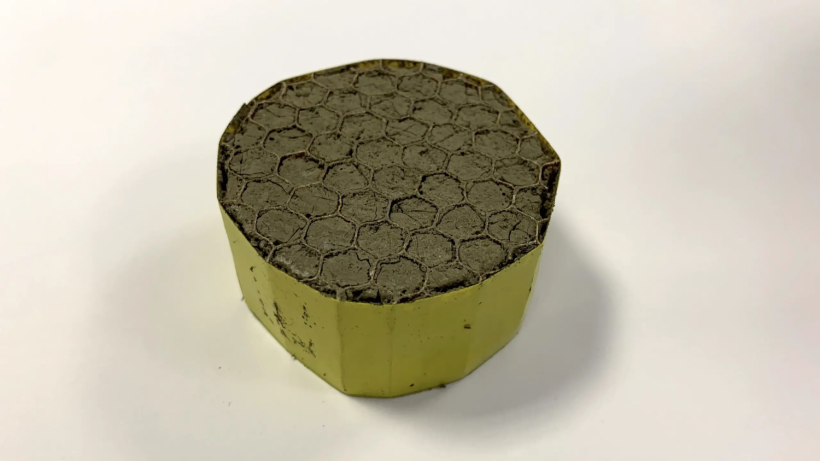A group of researchers at the National Graphene Institute, led by Professor Aravind Vijayaraghavan, have published a study in the Journal of Molecular Liquids. They created unique three-dimensional graphene particles of various shapes using a modification of the vortex ring effect, which is the same process used to generate smoke rings and enables dandelion seeds to float. These particles have proven to be extremely effective in removing pollutants from water, making it pure.
The researchers have demonstrated that the creation of these graphene particles is controlled by an intricate interaction among various forces such as viscosity, surface tension, inertia, and electrostatics. Professor Vijayaraghavan and his team conducted a comprehensive study to comprehend the impact of various parameters and forces on particle formation. By optimizing this process, they have created highly effective particles for adsorbing and purifying contaminants from water.
CTAB Liquid Crystal Substance
The researchers employed a second liquid crystal substance named Cetyltrimethylammonium Bromide (CTAB) to gather graphene oxide (GO) flakes into compact particles of graphene oxide hydrogels without having to convert them to graphene. This was accomplished by adding the GO dispersion in droplet form into a CTAB solution in water, as Phys reported.
When the GO droplets come into contact with the CTAB solution, they act similarly to when a stream of hot smoke encounters cold air. The GO droplet spreads into the CTAB solution as a ring or toroid due to disparities in the density and surface tension between the two liquids. By adjusting various elements of this process, the researchers generated particles in the shape of spheres, toroids, and shapes that resemble jellyfish.
Dr. Yizhen Shao, the lead author of the study and a recently graduated Ph.D. student, stated that they have created a universal phase diagram for the formation of these shapes based on four dimensionless numbers which represent inertial, viscous, surface tension, and electrostatic forces. This diagram can be utilized to precisely control the particle's shape by adjusting the formation parameters. The researchers utilized high-speed photography to capture the development and formation of these particle shapes. The process used by the researchers involved adding a solution of graphene oxide (GO) in water in droplet form into a second liquid crystal material called Cetyltrimethylammonium Bromide (CTAB) in water.

GO Droplets, CTAB Solution Interaction
The interaction between the two liquids caused the GO droplets to flow into the CTAB solution in the form of a toroid, or ring, due to differences in density and surface tension. By adjusting various parameters of this process, the researchers were able to produce particles in different shapes, including spheres, toroids, and shapes that resemble jellyfish. To achieve this control, they created a universal phase diagram based on four dimensionless numbers that represent the inertial, viscous, surface tension, and electrostatic forces.
By varying the formation parameters, the researchers were able to precisely control the morphology, or shape, of the particles. They used high-speed photography to capture the formation and evolution of these particle shapes. The researchers have developed a method for creating unique graphene particle shapes and controlling their morphology through careful manipulation of different parameters involved in the formation process.
The authors emphasize the importance of these particles in the purification of water. Kaiwen Nie, a Ph.D. student and co-author of the study, stated that they can adjust the surface chemistry of the graphene flakes in these particles to extract positively or negatively charged pollutants from water. They can even remove uncharged pollutants or heavy metal ions by properly functionalizing the graphene surface.
RELATED ARTICLE: Gold Nanoparticles Behavior at the Edge of Graphene Sheets Sparks Major Implications For Quantum Devices
Check out more news and information on Nanotechnology in Science Times.














